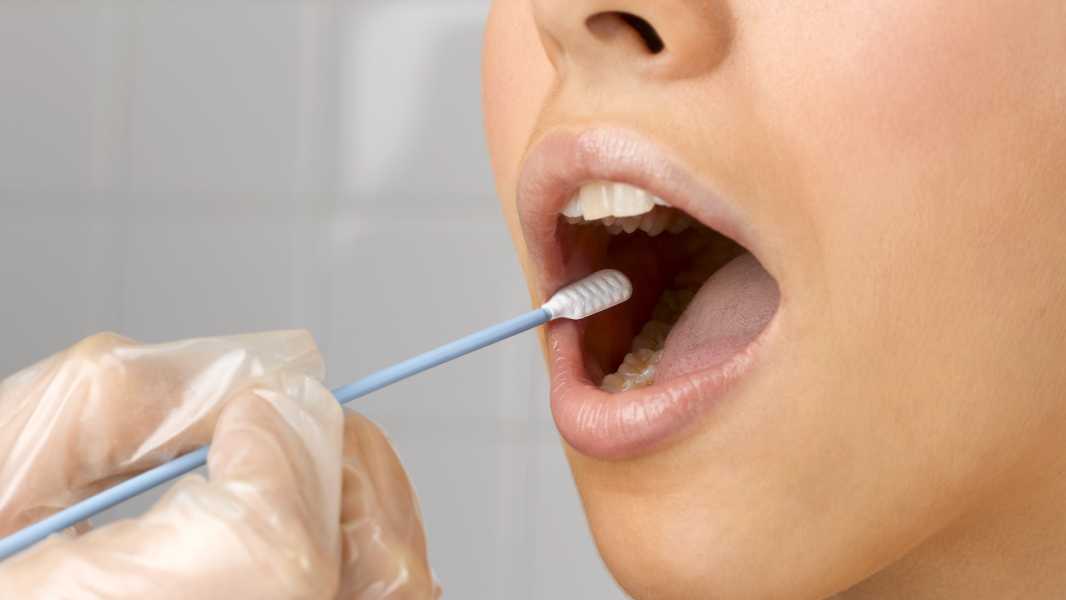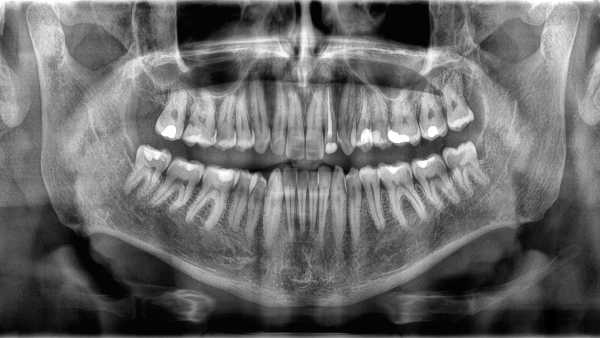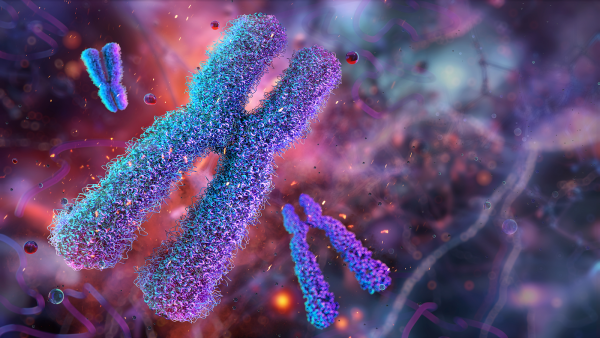
A new test called CheekAge determines biological age by analysing cells on the inside of the cheek. (Image credit: Peter Daisley via Getty Images)
Research shows that a test using cells from the inside of the cheek can accurately predict the likelihood of death within the next year.
The work, published Oct. 1 in the journal Frontiers in Aging, provides promising support for CheekAge, an innovative tool that analyzes cheek — or “buccal” — samples to estimate a person’s risk of dying within a year. In a group of participants aged 69 to 101, the test was strongly associated with the risk of dying from any cause. An increase in the subjects’ CheekAge score corresponded to a 21% increase in their likelihood of dying within the next 12 months.
CheekAge is a type of epigenetic clock, a tool that determines a person’s “biological age” by examining patterns of chemicals attached to their DNA. In many cases, “biological age is much more informative [about a person’s health] than the number of years they’ve lived on this planet,” said David Fuhrman, an associate professor at the Buck Institute for Research on Aging in Novato, California, who was not involved in the new study.
The long-term goal of tools like CheekAge is to help people slow or prevent biological aging. But at this point, these tools can’t provide guidance on how to do that, Furman and first author Maxim Shokhirev, head of computational biology and data science at Tally Health in New York City, told Live Science.
What CheekAge Does — and What It Can't
In general, epigenetic clocks look at the aging of blood and other tissues to predict a person’s chronological age, as well as their risk of death and age-related diseases like cancer. The most common marker of aging that these clocks look for is DNA methylation, a process in which small molecules called methyl groups attach to DNA over time. These molecules help regulate gene expression, including turning genes on and off.
The scientists trained CheekAge using cheek swabs from people aged 18 to 93. They matched DNA methylation patterns in cheek cells to an overall health score that took into account factors such as stress levels, education, and body mass index (BMI). In this way, a person’s “CheekAge score” was linked to their overall health and apparent degree of biological aging.
The researchers then determined how well CheekAge correlated with mortality risk. To do this, they studied volunteers enrolled in the Lothian Birth Cohorts, a long-term research program that tracks participants as they age from childhood into adulthood. In this group of just over 15,000 people, the scientists collected blood samples every three years, which could be used to track changes in DNA methylation at about 450,000 points across the genome. Each participant’s mortality status was used to link their epigenetics to their risk of death.
The team then used the epigenetic patterns trained on the cheek data to analyze the blood data. They found that CheekAge, despite being trained on mouth samples, still showed a strong association with mortality risk data from a separate blood dataset that tracked mortality.
“We were surprised to see that CheekAge worked so well on a different tissue,” Shokhirev told Live Science in an email. “This may mean that CheekAge is picking up on health signals that are conserved across different tissue types,” he added.
So far, CheekAge has been used to analyze data retrospectively — the researchers knew who lived and died and what their epigenetics looked like at that time. By studying these patterns, they can now use the tool to estimate the risk of death in living people.
“We can’t predict whether someone will live or die within a year, but we can determine whether they have an increased or decreased risk of all-cause mortality,” Shokhirev told Live Science. More research is needed to see if the test can predict other aspects of health,
Sourse: www.livescience.com





